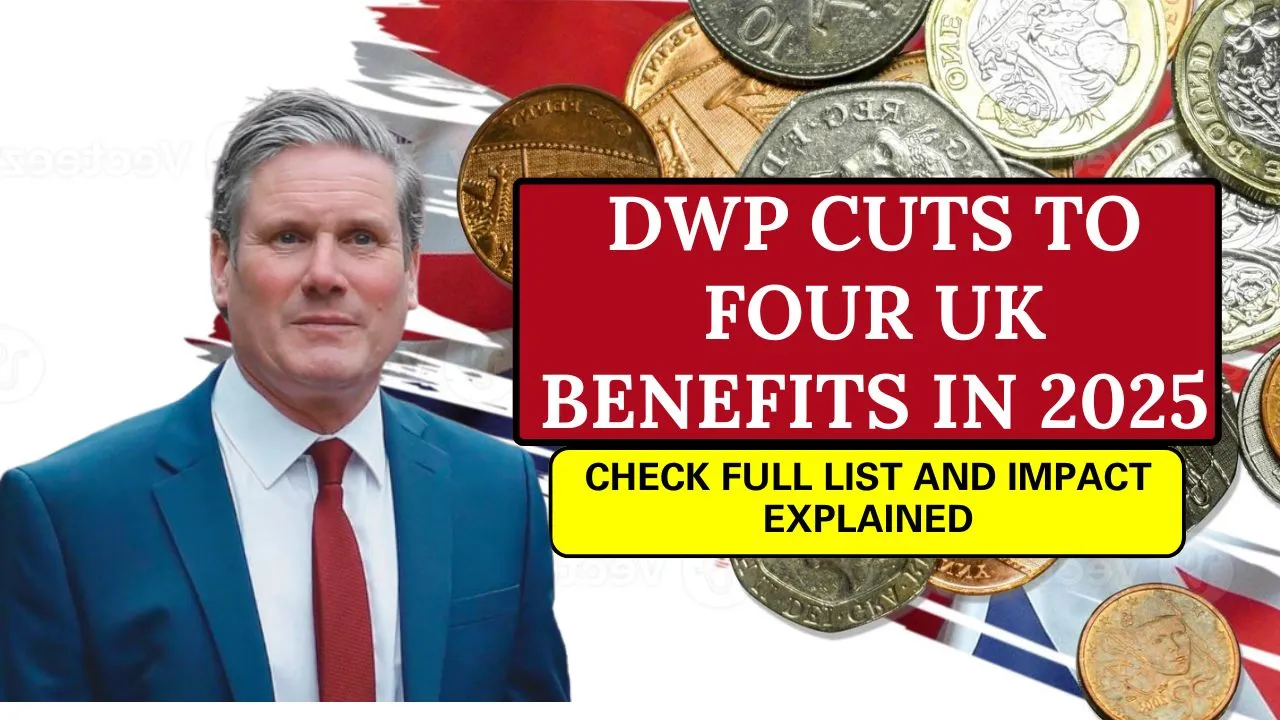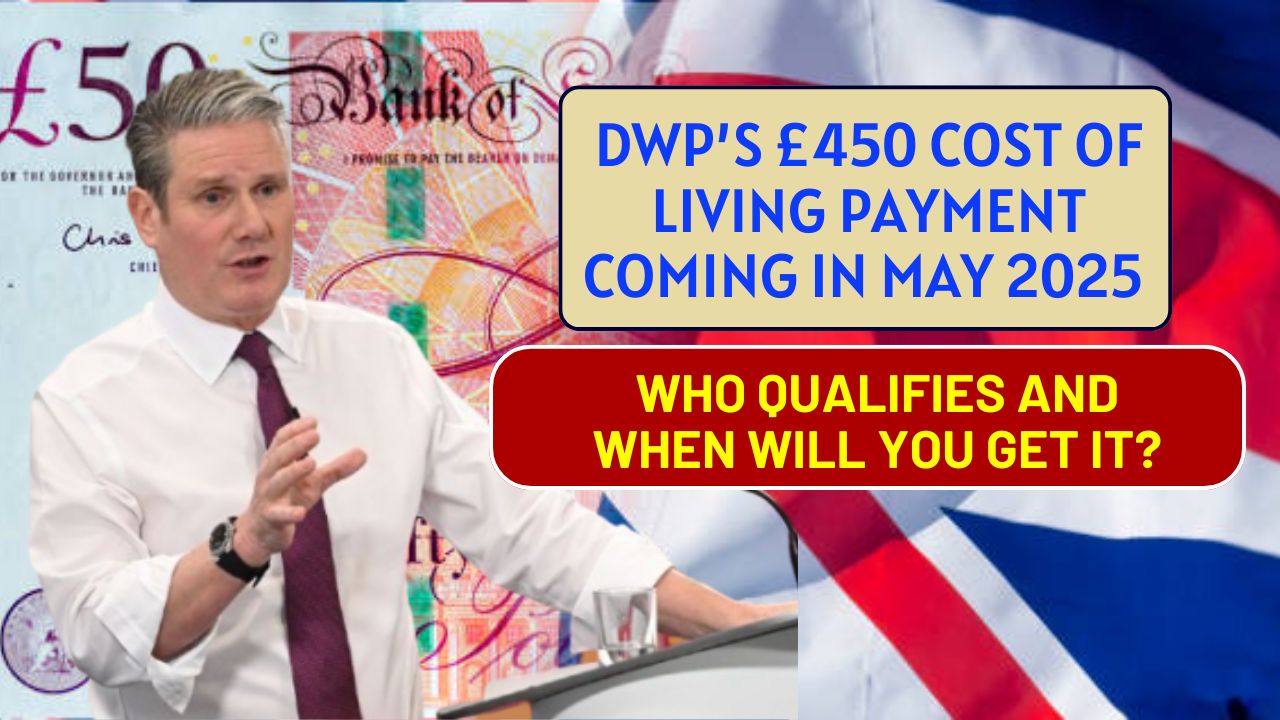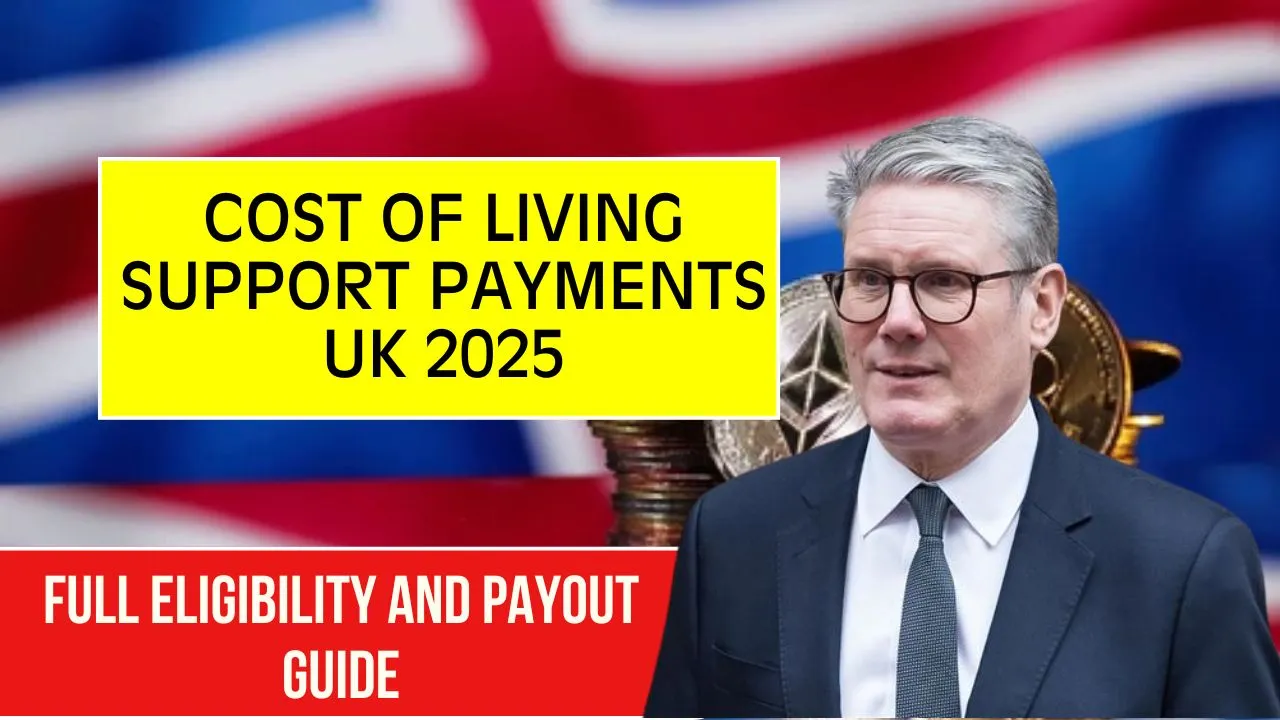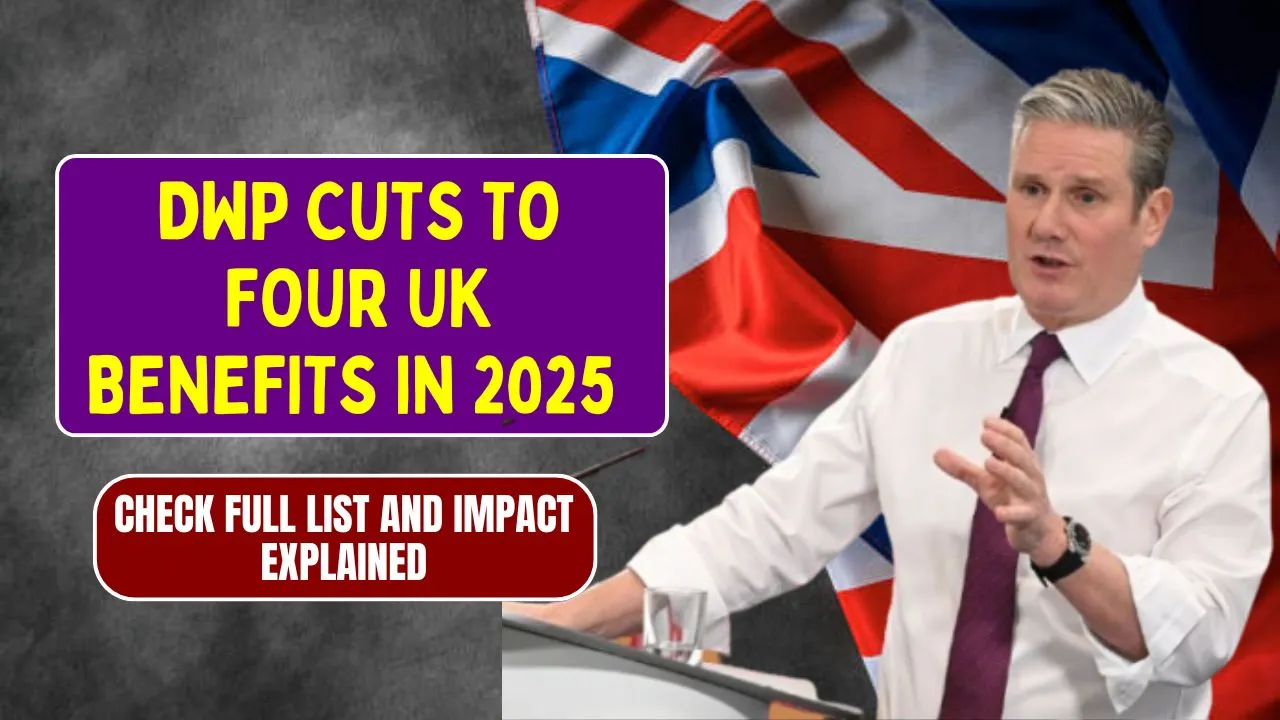DWP Cuts 2025: In 2025, the UK government is introducing significant welfare changes that will affect millions of benefit claimants across the country. Announced by the Department for Work and Pensions (DWP), these cuts are part of a broader strategy aimed at reshaping the benefits system to reduce public spending and encourage employment. While officials present this as a step toward economic sustainability, it has raised concern among low-income households and vulnerable individuals who rely on these payments.
The DWP Cuts 2025 target four of the most widely claimed benefits in the UK: Universal Credit, Personal Independence Payment (PIP), Employment and Support Allowance (ESA), and Housing Benefit. Each will see reductions or policy shifts between July and October 2025. In this article, we outline what changes are coming, who will be affected, and what you can do to prepare.
DWP Cuts 2025 – Key Benefits and Reduction Timeline
To understand the scale and timeline of the changes, here’s a quick summary of the affected benefits and what to expect.
Overview Table: Key Benefits Affected by DWP Cuts 2025
| Benefit Name | Type of Change | Effective From | Estimated Impact |
| Universal Credit | Reduced work allowance | July 2025 | Lower monthly support for part-time workers |
| Personal Independence Payment (PIP) | Stricter eligibility criteria | September 2025 | Fewer new claims approved |
| Employment and Support Allowance (ESA) | Reduced support group rates | August 2025 | Reduced financial assistance for disabled claimants |
| Housing Benefit | Local cap revisions | October 2025 | Lower housing support, especially in high-rent areas |
The Four Key Benefits Facing Reduction in 2025
Each of the four benefits undergoing changes serves a specific purpose in the UK welfare system. The cuts aim to streamline spending but may also reduce vital support for many.
Universal Credit: Reduced Work Allowance
Starting July 2025, Universal Credit claimants will see a reduction in the work allowance—the amount they can earn before their benefit starts to taper off. This change affects many part-time workers, particularly parents and disabled people, who use Universal Credit to top up low wages. The result will likely be lower monthly payments, even for those who continue working.
PIP: Stricter Eligibility Criteria
From September 2025, Personal Independence Payment assessments will be tightened, with new criteria introduced to determine eligibility. This move is intended to reduce the number of successful new claims. The government argues it will help curb spending, but charities worry that it will deny essential support to those with hidden or fluctuating disabilities.
ESA: Reduced Support Group Rates
In August 2025, Employment and Support Allowance (ESA) will undergo changes that include a reduction in support group rates. These cuts are aimed at claimants with long-term health conditions or disabilities. For many, this will mean coping with a smaller monthly income despite being unable to work due to health-related reasons.
Housing Benefit: Local Cap Revisions
The final major change will come into effect in October 2025, when Housing Benefit caps will be adjusted based on local rental averages. This change is expected to hit claimants in high-rent areas the hardest, including London and parts of the South East. Reduced housing assistance may lead to a shortfall in rent coverage, placing additional pressure on already stretched household budgets.
Understanding the Reasons Behind the Cuts
The DWP Cuts 2025 are being introduced against the backdrop of economic challenges including post-pandemic debt, inflation, and pressure to reduce government spending. Ministers have stated that the aim is to build a more “efficient and work-focused welfare system.”
According to government statements, reducing benefit expenditure is necessary to:
- Encourage more people into work
- Reduce long-term dependency on state support
- Stabilise public finances
However, these justifications have been met with criticism from disability advocacy groups, social workers, and think tanks, who warn that cuts to core benefits will push many deeper into poverty. Critics argue the new measures fail to protect the most vulnerable, especially those with genuine barriers to employment.
Who Will Be Most Affected by the 2025 Changes?
The people most likely to feel the impact of these changes include:
- Disabled individuals facing tighter ESA and PIP criteria
- Single parents balancing part-time work with child care
- Low-income renters in high-cost areas affected by Housing Benefit revisions
- Part-time workers who depend on the Universal Credit work allowance
For example, a part-time worker on Universal Credit with two children may now see a noticeable drop in their monthly payment from July. Similarly, disabled people who previously qualified for ESA support may be reassessed under new guidelines and receive reduced payments, while new PIP claimants may find it harder to meet eligibility criteria.
How to Prepare for the Upcoming UK Welfare Changes
With the phased rollout of DWP Cuts 2025, it is essential that claimants act early and seek guidance to avoid sudden financial hardship.
Here’s how to prepare:
- Use official benefit calculators on gov.uk to understand how the cuts will affect your income
- Seek advice from local citizens advice bureaus, welfare support organisations, or disability advocacy groups
- Prepare for reassessments by gathering supporting medical or work documents, especially for PIP and ESA
- Review your housing costs and talk to your landlord or housing association in advance if you receive Housing Benefit
The DWP is expected to release updated guidance by mid-June 2025, which will include details on transitional protections for those severely affected.
What This Means for the Future of Welfare in the UK
The 2025 benefit cuts mark a significant policy shift in the UK’s approach to welfare. It suggests a move toward a work-first model, where benefits are increasingly linked to job-seeking and economic participation. While this may reduce spending and help some return to work, it raises ethical and practical concerns about how society supports those who cannot work or are underemployed due to systemic barriers.
Future UK welfare changes are likely as the government continues its review of public spending. For now, it is crucial that those who rely on benefits understand the changes, assess their impact, and seek support where needed.
FAQs
What are the main benefits affected by the 2025 DWP cuts?
Universal Credit, PIP, ESA, and Housing Benefit are the four key benefits being cut or restructured.
When will the changes take effect?
The changes start in July 2025 and will be rolled out through to October 2025.
How do I check if I’m affected?
Use the DWP’s online benefits calculator or consult a welfare advisor to review your entitlements.
Will there be help during the transition?
Yes, the government has promised transitional protections and guidance to help claimants adapt, especially those being reassessed.
Are more changes expected after 2025?
Yes, additional reforms may follow in future fiscal years as the government continues to revise welfare spending.
Final Thought
The DWP Cuts 2025 represent a pivotal moment for welfare policy in the UK. Whether you’re a current claimant or advising someone who is, staying informed is essential. Review your benefits, prepare for changes, and don’t hesitate to reach out for guidance. With the right planning and support, it is possible to manage the transition and protect your financial stability during this challenging shift in the UK’s benefits system.











